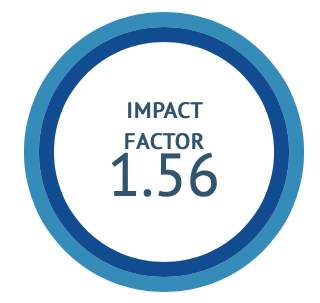The effect of Anal Sevana (exposure to heat) on Raktavaha srotas: A Case Control Study
DOI:
https://doi.org/10.47552/ijam.v13i1.2331Keywords:
Exposure to heat, Raktavaha srotodushti, Occupational health hazardsAbstract
Background: Occupational hazard is any workplace condition that causes a risk to employee health. In recent era, a lot of research work is being done on occupational hazards of which continuous exposure to heat is one of the major factors affecting occupational health. A human being has been exposed to heat through various sources like chemicals, forging works etc. Industrial heat when combined with manual work may often make adverse effects on health of the workers and mostly it affects the Raktvaha Srotas according to Ayurved. In this study, attempt had been made to find out what is the percentage of predominance of symptoms of Raktavaha Srotodushti in individuals having continuous exposure to heat. Method: A case control study was carried out in 150 workers from leading manufacturer of Upset forgings and Drop forgings in Pune industrial zone to find out association between exposure to heat and Raktavaha srotodushti symptoms, study group 100 workers (direct exposure to heat), control group 50 workers and filled a questionnaire consisting of symptoms related to raktavaha srotas vititation due to heat exposure. Result: Number of symptoms present in the study group were more than that present in control group. Redness of eyes (100%), thirst (100%), sweating (100%), mental irritation (69%) etc. other Raktavaha srotodushti lakshanas were also observed. Conclusion: Exposure to heat is one of the major causative factors of vitiation of Raktavaha Srotas. Raktavaha srotodushti lakshanas like mukhpaka, shirarshul, santapa, raktapitta observed moderately and vidradhi, pidaka were observed very rarely. To prevent the effects of continuous exposure to heat, the individuals should take preventive majors as prescribed in Ayurveda.
Downloads
Published
How to Cite
Issue
Section
License
Copyright (c) 2022 International Journal of Ayurvedic Medicine

This work is licensed under a Creative Commons Attribution 4.0 International License.
The author hereby transfers, assigns, or conveys all copyright ownership to the International Journal of Ayurvedic Medicine (IJAM). By this transfer, the article becomes the property of the IJAM and may not be published elsewhere without written permission from the IJAM.
This transfer of copyright also implies transfer of rights for printed, electronic, microfilm, and facsimile publication. No royalty or other monetary compensation will be received for transferring the copyright of the article to the IJAM.
The IJAM, in turn, grants each author the right to republish the article in any book for which he or she is the author or editor, without paying royalties to the IJAM, subject to the express conditions that (a) the author notify IJAM in advance in writing of this republication and (b) a credit line attributes the original publication to IJAM.




